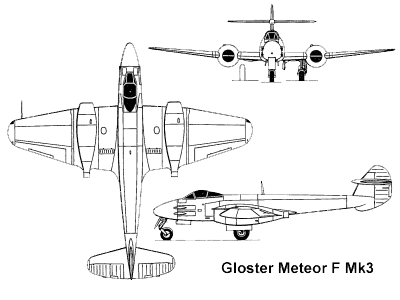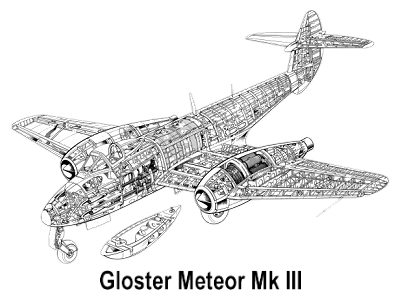The Gloster Meteor was the first operational British jet fighter and the Allies' first operational jet aircraft during the Second World War. The Meteor's development was heavily reliant on its ground-breaking turbojet engines, pioneered by Sir Frank Whittle and his company, Power Jets Ltd. Development of the aircraft itself began in 1940, although work on the engines had been underway since 1936. The Meteor first flew in 1943 and commenced operations on 27 July 1944 with No. 616 Squadron RAF. Nicknamed by pilots the 'Meatbox', the Meteor was not a sophisticated aircraft in terms of its aerodynamics and when met on the battlefield in Korea, it was already outdated in design and performance, however, it found its niche in ground attack.
Development
Design of the Gloster Meteor began in 1940 when Gloster's chief designer, George Carter, began developing concepts for a twin-engine jet fighter. On February 7, 1941, the company received an order for twelve jet fighter prototypes under the Royal Air Force's Specification F9/40 (jet-powered interceptor). Moving forward, Gloster test flew its single-engine E.28/39 on May 15. This was the first flight by a British jet. Assessing the results from the E.38/39, Gloster decided to move forward with a twin-engine design. This was largely due to the low power of early jet engines. Building around this concept, Carter's team created an all-metal, single-seat aircraft with a high tailplane to keep the horizontal tailplanes above the jet exhaust. Resting on a tricycle undercarriage, the design possessed conventional straight wings with the engines mounted in streamlined nacelles mid-wing. The cockpit was located forward with a framed glass canopy. For armament, the type possessed four 20 mm cannon mounted in the nose as well as the ability to carry sixteen 3-in. rockets. Initially named 'Thunderbolt', the name was changed to 'Meteor' to prevent confusion with the Republic P-47 'Thunderbolt'. The first prototype to fly took off on May 5, 1943 and was powered by two De Havilland Halford H-1 (Goblin) engines. Prototype testing continued through the year as various engines were tried in the aircraft. Moving to production in early 1944, the Meteor F.1 was powered by twin Whittle W.2B/23C (Rolls-Royce Welland) engines. In the course of the development process, prototypes were also used by the Royal Navy to test carrier suitability as well as sent to the United States for assessment by the US Army Air Forces(USAAF). In return, the USAAF sent an YP-49 Airacomet to the RAF for testing. The Meteor was also used for research and development purposes and to break several aviation records. On 7 November 1945, the first official air speed record by a jet aircraft was set by a Meteor F.3 of 606 miles per hour (975 km/h). In 1946, this record was broken when a Meteor F.4 reached a speed of 616 mph (991 km/h). Other performance-related records were broken in categories including flight time endurance, rate of climb, and speed.
Back to Top
In Service
World War II
On 17 July 1944, the Meteor F.1 was cleared for service use. Shortly afterwards, elements of the Tactical flight and their aircraft were transferred to operational RAF squadrons. The first deliveries to No. 616 Squadron RAF, the first operational squadron to receive the Meteor, began in July 1944. When the F.2 was cancelled, the Meteor F.3 became the immediate successor to the F.1 and alleviated some of the shortcomings of the F.1. With No. 616 Squadron RAF being the first to receive operational Meteors, there were only a total of 14 aircraft initially. The squadron was based at RAF Culmhead, Somerset and had been previously equipped with the Spitfire VII. After a conversion course at Farnborough for the six leading pilots, the first aircraft was delivered to Culmhead on 12 July 1944. The squadron now with seven Meteors moved on 21 July 1944 to RAF Manston on the east Kent coast and, within a week, 30 pilots were converted. The Meteor was initially used to counter the V-1 flying bomb threat. 616 Squadron Meteors saw action for the first time on 27 July 1944, when three aircraft were active over Kent. These were the first operational jet combat missions for the Meteor and for the Royal Air Force. After some problems, especially with jamming guns, the first two V1 "kills" were made on 4 August. By war's end, Meteors accounted for 14 flying bombs. For fear of losing a Meteor where the Germans could capture one and learn its secrets, the RAF waited til January 1945 before finally deciding to deploy them on the continent. On 20 January 1945, four Meteors were moved to Melsbroek in Belgium and attached to the Second Tactical Air Force. Their initial purpose was to provide air defence for the airfield, but their pilots hoped that their presence might provoke the Luftwaffe into sending Me 262s against them. At this point the Meteor pilots were still forbidden to fly over German-occupied territory, or to go east of Eindhoven, to prevent a downed aircraft being captured by the Germans or the Soviets. In March, the entire squadron was moved to Gilze-Rijen and then in April, to Nijmegen. The Meteors flew armed reconnaissance and ground attack operations without encountering any German jet fighters. By the end of the war in Europe, there were no clashes between Meteors and Me 262s'.
Back to Top
Korea
The Royal Australian Air Force (RAAF) acquired 113 Meteors between 1946 and 1952, 94 of which were the F.8 variant. The first RAAF Meteor was a F.3 delivered for evaluation in June 1946. Australia's F.8s saw extensive service during the Korean War with No. 77 Squadron RAAF, part of British Commonwealth Forces Korea, and had personnel from other Commonwealth air forces attached to it. The squadron had arrived in Korea equipped with piston engine aircraft, the F-51D 'Mustangs'. In order to match the threat posed by Communist MiG-15 jet fighters, it was decided to re-equip the squadron with Meteors. Jet conversion training was conducted at Iwakuni, Japan, after which the squadron returned to the Korean theatre in April 1951 with about 30 Meteor F.8s and T.7s. The squadron moved to Kimpo Air Base in June, and was declared combat ready the following month. Other aircraft, such as the F-86 'Sabre' and the Hawker Hunter, were considered but were determined to be unavailable; the Meteor proved to be considerably inferior in combat against the MiG-15 in several respects, including speed and maneuverability at high altitude. On 29 July 1951, 77 Squadron began operating their Meteors on combat missions. The squadron had mainly been trained in the ground attack role, and had difficulties when assigned to bomber escort duty at sub optimum altitudes. On 29 August 1951, eight Meteors were on escort duty in 'MiG Alley' when they were engaged by six MiG-15s. One Meteor was lost and two damaged, and 77 Squadron did not officially destroy any enemy aircraft on this occasion. On 27 October, the squadron achieved its first probable followed by two probables six days later. On 1 December, during the air battle of Sunchon between 12 Meteors and some 40 MiG-15s, the squadron had its first two confirmed victories: Flying Officer Bruce Gogerly made the first kill. However, in the course of the same dogfight, four Meteors were also destroyed. At the end of 1951, 77 Squadron and its Meteors were assigned to ground attack duties due to their favourable low-level performance and sturdy construction. In February 1952, over a thousand sorties were flown in the ground attack role and these sorties continued until May 1952, when 77 Squadron switched to fighter sweep operations. The last encounter between the Meteor and the MiG-15 was in March 1953, during which a Meteor piloted by Sergeant John Hale recorded a victory. By the end of the conflict, the squadron had flown 4,836 missions, destroying 6 MiG-15s, over 3,500 structures and some 1,500 vehicles. About 30 Meteors were lost to enemy action in Korea with the vast majority had been shot down by anti-aircraft fire while serving in a ground attack capacity.
Other Users
Meteors continued to remain in the RAF inventory until the 1980s, but in secondary roles such as target tugs. During the course of its production run, 3,947 Meteors were built with many being exported. Other users of the aircraft included Denmark, the Netherlands, Belgium, Israel, Egypt, Brazil, Argentina, and Ecuador. During the 1956 Suez Crisis, Israeli Meteors downed two Egyptian De Havilland Vampires. Meteors of various types remained in frontline service with some air forces as late as the 1970s and 1980s.
Back to Top
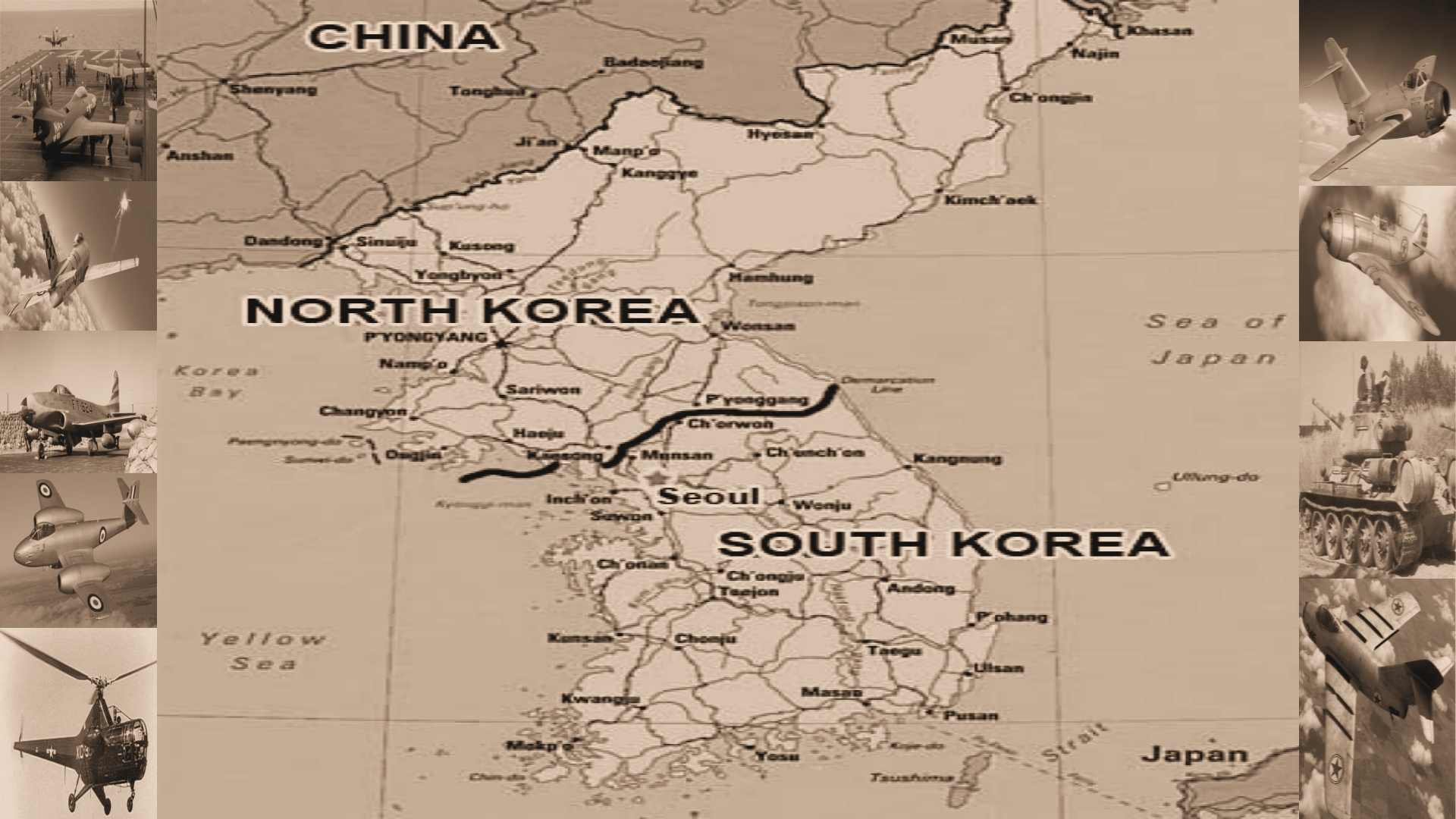




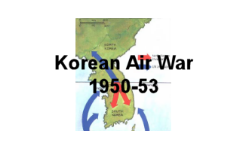 Korean War
Korean War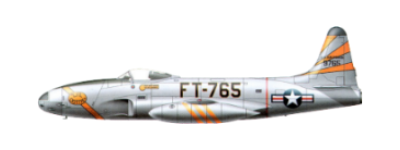 P-80 Shooting Star
P-80 Shooting Star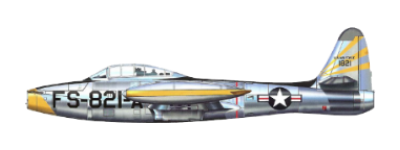 F-84 Thunderjet
F-84 Thunderjet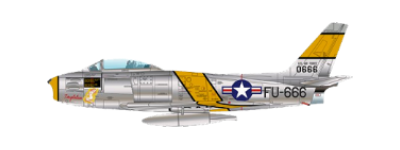 F-86 Sabre
F-86 Sabre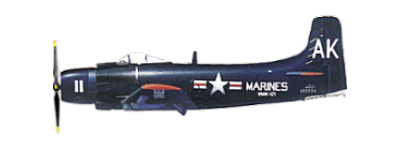 AD1 Skyraider
AD1 Skyraider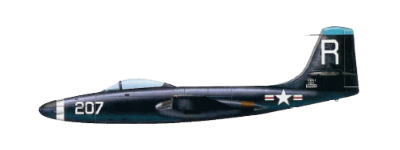 F2H Banshee
F2H Banshee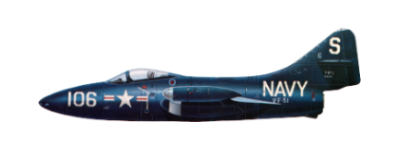 F9F Panther
F9F Panther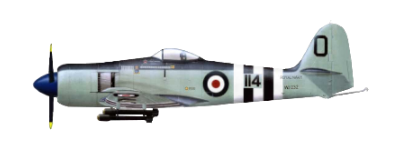 Seafury
Seafury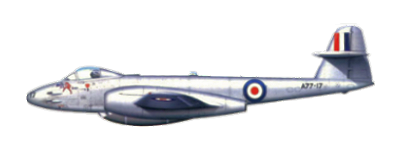 Meteor
Meteor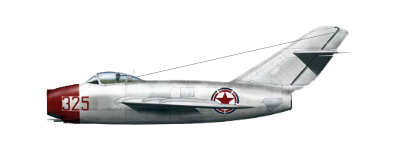 Mig-15
Mig-15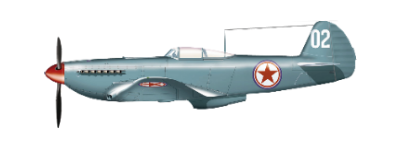 Yak-9
Yak-9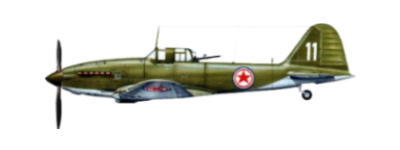 IL-10 Shturmovik
IL-10 Shturmovik


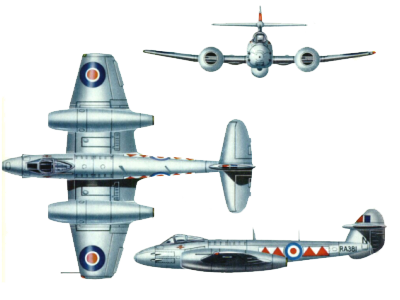
 Gloster 'Meteor'
Gloster 'Meteor'